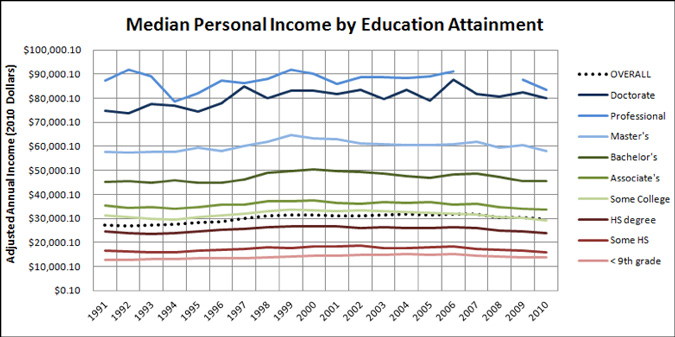
 Imagine this scenario: You attend a presentation with your father at his assisted living facility. The organization presenting is very official looking, with materials covered in flags and red, white and blue. Although they are not the Veteran’s Services Organization or VA, they claim to be able to help all veteran’s get a monthly pension benefit from the VA, no matter what their financial situation. They claim clients they work with have never been denied benefits. Could this be true, or might there be a catch?
Imagine this scenario: You attend a presentation with your father at his assisted living facility. The organization presenting is very official looking, with materials covered in flags and red, white and blue. Although they are not the Veteran’s Services Organization or VA, they claim to be able to help all veteran’s get a monthly pension benefit from the VA, no matter what their financial situation. They claim clients they work with have never been denied benefits. Could this be true, or might there be a catch?
The U.S. government provides several benefits to military veterans as a way to honor them for their service. One of the benefits that might be available to many veterans and their spouses in older age is the VA Aid & Attendance Benefit.
- Not all veterans are eligible for this benefit, as it is dependent on time of service and medical and financial need.
- This benefit provides a monthly pension to veterans and/or their spouses in older age when they begin to need assistance with activities of daily living.
- The Aid & Attendance Benefit is also based on financial need – income versus ongoing medical related expenses and value of assets. In general, anyone with asset in excess of $80,000 is not eligible (note that this asset number can be adjusted based on age and life expectancy). *Source: U.S. Department of Veterans Affairs
If a veteran qualifies within the income and assets requirements, applications can be filed with the Veteran’s Services Organization at no cost. For veterans who might not be eligible for benefits without additional planning, organizations like those described above will offer to assist by re-registering and/or gifting assets and repositioning assets into insurance based products that generate high commissions to the “advisors” selling them and are not necessary to qualify for benefits.
If you or someone you know is a veteran or spouse of a veteran who thinks they might benefit from the Aid & Attendance Pension Benefit, here are a few things to remember:
- If the veteran has limited income and assets, go directly to the Veteran’s Services Organization to apply for benefits.
- If you think you may need additional planning to qualify for benefits, seek out a Certified Elder Law Attorney who has been certified by the VA to counsel veterans. A qualified Elder Law Attorney will counsel you based on the client’s needs now and in the future (i.e. future need for Medicaid benefits), and may recommend that the VA Aid & Attendance Benefit is not appropriate for all clients.
- Be aware of advisers who insist that the only way to qualify for benefits is to shift assets to an Irrevocable Trust and fund the trust with insurance based products (be especially aware if the recommendation is to buy multiple, smaller insurance products – as this may not be a suitable option and the advisors may only be trying to maximize their commissions). The real truth is that if the trust is appropriate, it may not be necessary for it to be funded with insurance products that might have high commissions and might have surrender charges not appropriate for an older adult.
I don’t know about you, but whenever I think about U.S. military veterans, I think of respect, service and gratitude. The best way to honor our military veterans is to provide them with the most suitable advice for their situation. Not bad advice that will cost them money. If you are a veteran or know one who might be eligible for the Aid & Attendance Benefit, make certain that the appropriate professionals are consulted.
Watch for my upcoming post on additional Elder Financial Fraud scams. Contact me at Sandy.Adams@CenterFinPlan.com if you have additional questions about any elder care related topics.
The information contained in this report does not purport to be a complete description of the securities, markets or developments referred to in this material. Any information is not a complete summary or statement of all available data necessary for making an investment decision and does not constitute a recommendation. Any opinions are those of Center for Financial Planning, Inc., and not necessarily those of RJFS or Raymond James. Keep in mind that there is no assurance that any strategy will ultimately be successful or profitable nor protect against a loss. You should discuss tax or legal matters with the appropriate professional.


















